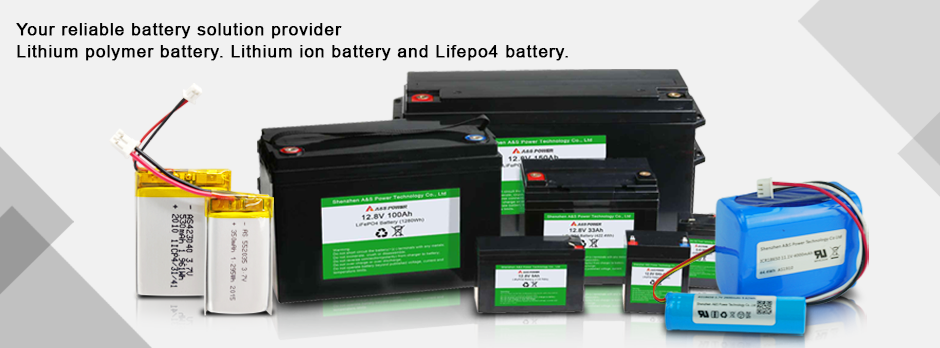The second round of price rises begins! Power battery prices have risen by more than 25%
2022-03-28
The second round of price rises begins! Power battery prices have risen by more than 25%
Since 2022, price rise has almost become one of the hottest topics in the electric vehicle and power battery industry. The price rise of upstream raw materials makes downstream power battery enterprises and oems face huge cost pressure.
And in recent days, Fu Can technology senior vice president and secretary zhang Feng said to the media, the current power battery price has been completed, "the price increase is not convenient to say in detail, but are more than 25%". In addition, Zhang feng also revealed that some enterprises are currently negotiating with some customers, for the price increase from January to the end of March this year and customers are apportioned, and are now in the second round of price increases.
The price rise of upstream raw materials is an important reason for the price rise of power batteries. In terms of specific data, since the beginning of July last year, lithium carbonate rose about 500%, lithium hydroxide rose about 400%, terpolymer materials rose about 130%, lithium iron phosphate materials rose about 220%, affected by the price of lithium hexafluorophosphates electrolyte prices also rose about 40%, anode materials and diaphragm prices also slightly increased. Due to the continuous impact of upstream material cost, the selling price of cell has increased by 50%-60% since the middle of last year, and the comprehensive cost of cell has increased by more than 65% .
Industry insiders believe that the most fundamental reason for the price rise of battery materials is the imbalance between supply and demand. If demand does not fall and supply does not rise, it will be difficult to achieve effective price reductions.
In terms of lithium resources, 70% of them are imported due to limited domestic lithium reserves and high mining costs, and lack of international pricing power. The cost of importing lithium is also rising due to the local lockdown caused by COVID-19, limited shipping capacity and rising shipping prices. In terms of nickel resources, most of the proven nickel resources in the world are concentrated in Indonesia, Australia, Brazil, Russia, Cuba, the Philippines and other countries. China's nickel reserves are 3.98 million tons, accounting for about 4.39% of the world. However, in terms of supply and demand, in 2021, China's primary nickel output is 706,900 tons, and the demand is 1.558,300 tons, which is less than the demand. The DRC, Australia and Cuba together account for 68% of the world's cobalt reserves. It was followed by Zambia, the Philippines, Russia, Canada, New Caledonia, Brazil, China, the United States, and South Africa. Among them, China's cobalt production and its proportion in global production are declining. China produced 2,300 tons of cobalt in 2020, down 200 tons from 2019 and down 8 percent year-on-year, accounting for 1.64 percent of the country's total cobalt production.
In this context, from the upstream raw material enterprises to power battery enterprises, and even to the vehicle enterprises have begun to sweep global mines to compete for raw materials, "mining war" has become a new phenomenon derived from the new predicament of lithium battery industry. According to incomplete statistics, in 2021, domestic power battery enterprises will be involved in 17 projects of 8 battery enterprises in the acquisition or investment of upstream mining abroad.
Follow us and explore more! 👉 Facebook












